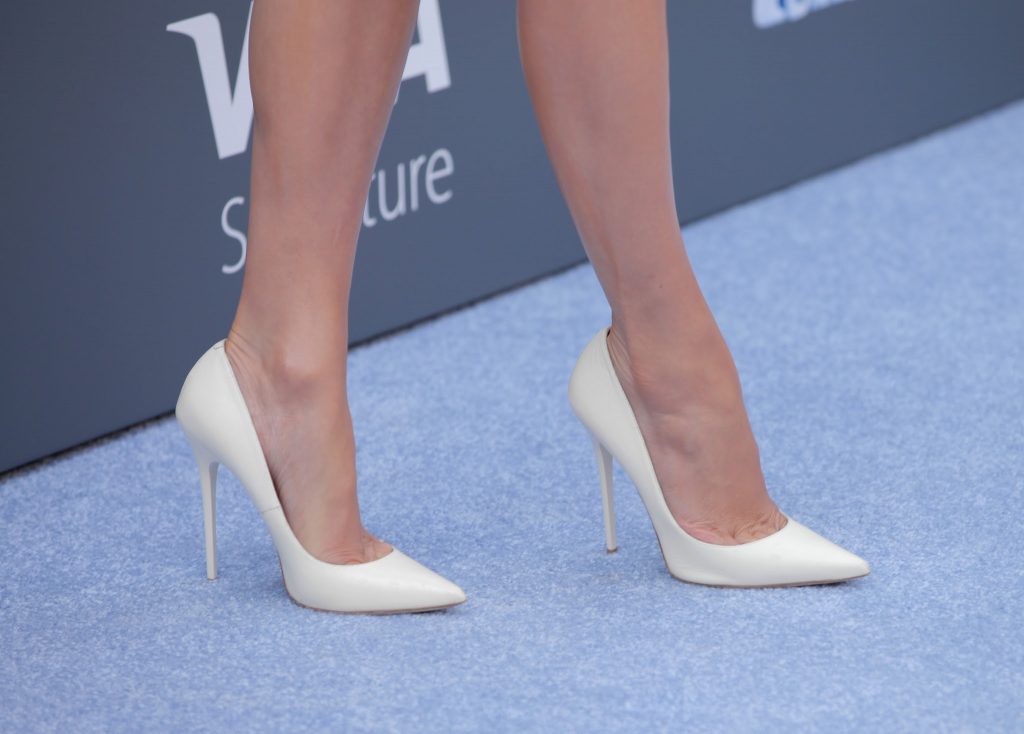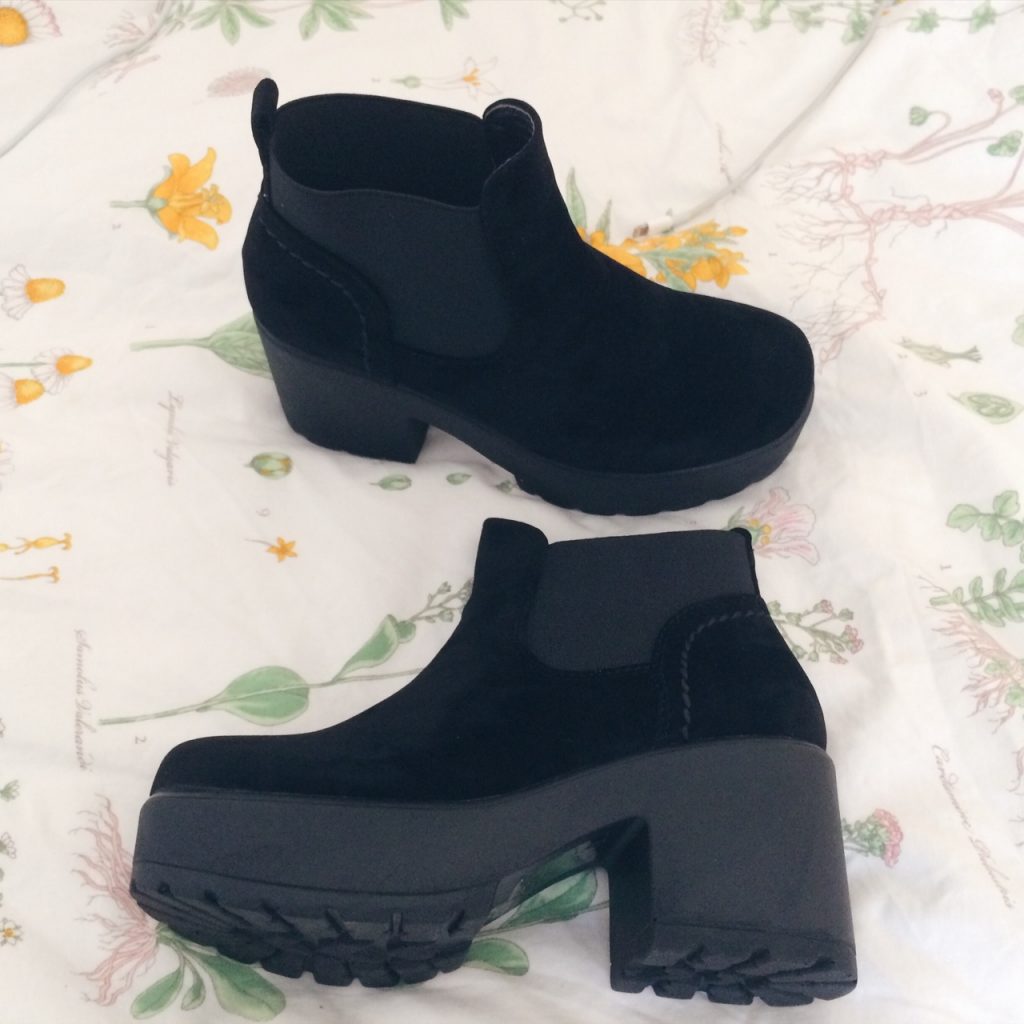Who doesn’t love those high heels, we all do right? Stilettos, wedge heels, slingback heels, kitten heels, peep-toe heels, sky-high pumps, and the list goes on. They make you look sophisticated and stylish. But are your favorite pair of heels adding to beauty or are they a cause of pain?
So here’s to how high heels were invented:
High heels in history were worn by actors on stage. Later in medieval Europe, to avoid the dirty streets the footwear was raised. In other parts of the world, few wore to represent their status. Higher the heels, the higher the status. High heels were also worn by cavalrymen to keep the feet in the stirrups. However, now the reasons have changed. Now it is has become a fashion statement at the cost of health.

Health problems/ill-effects associated with high heels![]()

- Toenails get damaged because of the continuous pressure. Nails grow into the skin (onychocryptosis). This may even lead to infections.
- Hammertoe, bunions are also seen
- Hardening of the skin because of continuous pressure (This is very common, experienced by mostly all who have worn heels).
- Pressure on the joints, because of lack of shock absorption
- Pain in the arch of the foot, because of the tightening of the ligaments and tendons of the foot.
- Heel pain or ball of foot pain (metatarsalgia) because of constant pressure and uneven distribution of weight
- Stress fractures due to excessive pressure on the ball of the foot
- Pain is something we all have experienced after wearing heels. That is because of the stress and tension in your muscles. The normal alignment of the body is disturbed.
- Ankle pain- tight or fitting shoes lead to restricted movement and alter the gait cycle
- Altered gait- heels keep your feet plantarflexed (in downward position) and alter the way you would normally walk
- Knee pain- excess pressure on the knee joint while walking due to change in body alignment
- Hip pain- alignment disturbed and hip pushed forward
- Prolonged and continuous pressure on the joints may put you at risk of osteoarthritis
- Tightening of the calf muscles. After prolonged use of heels if you want to wear shoes or flat footwear it will lead to pain as now the muscles have shortened because of high heels
- Calf cramps because of contraction of calf muscles
- Varicose veins- the normal walking aka gait changes, leading to a reduction in blood flow to the calf muscles, disturbed calf muscle pump and ankle pump, thus causing pooling of blood
- Shifting of the center of gravity thus increasing your chances of falling if you are one of those who are not accustomed to wearing heels.
- Stress on the back leading to back pain and spasm. High heels cause backward tilting of the pelvis. (If you suffer from back pain and don’t know the reason, go and check your shoes)
- Flattening of the lumbar spine
- Thorax pushed forward
- Postural changes, the relaxed and neutral posture is disturbed
- If you already have existing foot problems they will just end up being worse
- High heel syndrome: pain and discomfort, changes in the anatomy of the leg
- Long term use of heels leads to postural changes that may affect the alignment of internal organs. The alignment of the uterus may change leading to pain during menstruation or affect fertility and labor and delivery
High heels during pregnancy

Heels should preferably be avoided during pregnancy (especially during the second and third trimester). Pregnancy leads to a change in gait and posture. Wearing heels puts further stress on the muscles leading to pain and spasm. During pregnancy, the ligaments are loosened, wearing heels at such times aggravates pain because of a lack of support. Edema or swelling of feet is common in pregnancy due to fluid retention. Thus leading to pain and compression because of heels. Further, high heels can lead to a loss in balance and could be risky for the mother and fetus.
Heels size and pressure generated

A small heel base doesn’t provide adequate plantar support. This adds to increase muscle activity. Further, the center of pressure increases leading to instability. Higher the height of the heel more is the pressure generated. Studies have suggested a heel height of less than 4cm for comfort and stability and a wider heel base. However, this depends on several other factors like age, existing foot problems, or musculoskeletal problems.
However, if you do wear heels at times ensure the following:
- Give your feet some relaxation if the day is long
- Ensure that it fits properly (good grip)
- Platform heels with proper cushioning should be the choice if you are one of those who cannot do without heels
- A good brand also plays an important role
- Lace, buckle or fastening help in making adjustments
- There should be little space (1cm) between the end of the shoe and the big toe
- Add pads or insoles for additional comfort
- Relax, massage and stretch your feet at the end of the day
- Stretch your calf muscles
- Perform heel raises 10-15 times a day
- After a long day, dip your feet in warm water for 10-15 minutes to increase blood flow, thus helping in pain reduction and relaxation
So all you out there who love to wear heels. Next time before wearing do give it a thought. Are you harming your body just to look attractive? Remember, it is best to avoid heels whenever possible.
All you lovely ladies, you are awesome even without those painful pointed heels.








I loved this article 🙂 thank you Humaira for all the information .keep up the good work 😊